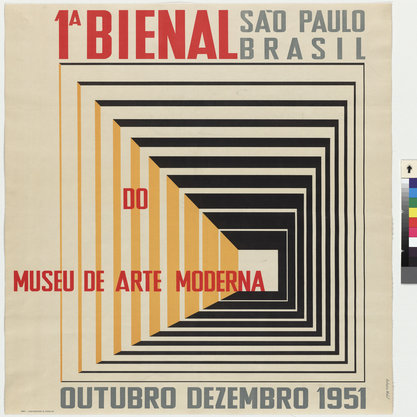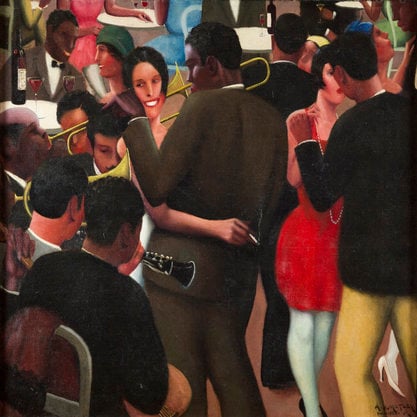Article
Argentine Tango (ca. 1890s–Present) By Savigliano, Marta Elena
Article
Tango often evokes images of men and women caught in a dangerous dance, where obscure desires (forbidden liaisons, betrayal, revenge, jealousy) become spectacularly stylised. Depictions of tangos in theatre and narrative cinema, tango choreographies conceived for the stage, tango portrayals and metaphors in advertisement and literary fiction, and to some extent tango lyrics have contributed to this worldwide well-established cliché.
To Argentines and Uruguayans, and specially to the rioplatenses (inhabitants of the harbour cities of Buenos Aires and Montevideo), tango is a modernist, urban cultural complex that expresses a worldview of conflicting national dislocations, tense racial and ethnic miscegenations, and class struggles, as well as gender and sexual tensions.


